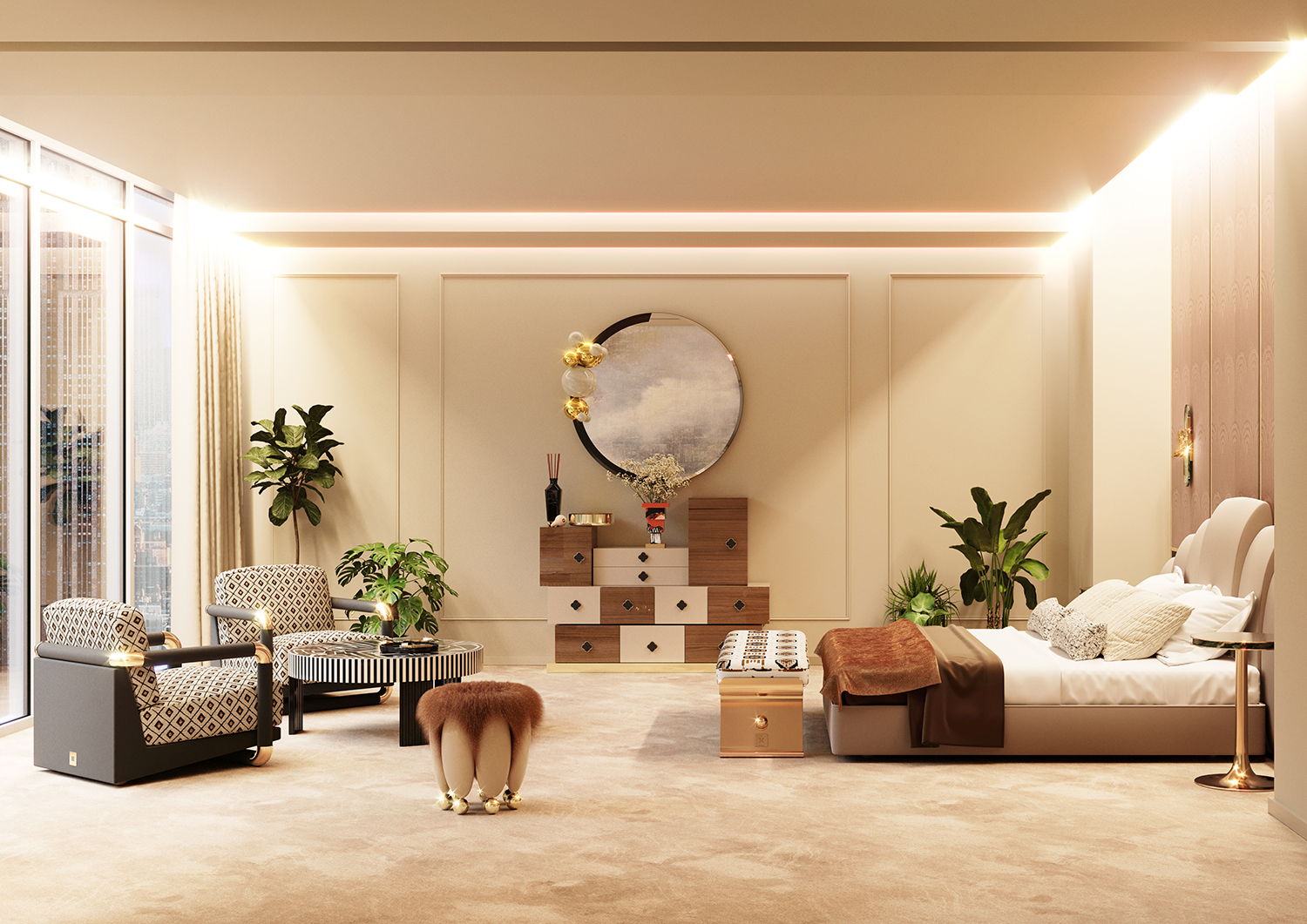Create a stunning look with miami interior design that reflects elegance and functionality.
Create a stunning look with miami interior design that reflects elegance and functionality.
Blog Article
Transform Your Home With Crucial Concepts of Interior Layout and Aesthetics
By recognizing the impact of color theory and the importance of texture and patterns, one can produce areas that are not just visually enticing however also deeply individual. Attaining this stability entails more than simple decoration; it incorporates a tactical arrangement and a keen understanding of exactly how each element engages within a space.
Comprehending Shade Concept
Understanding the principles of shade theory permits developers to produce spaces that resonate psychologically with passengers while meeting useful demands. Each category plays a crucial function in establishing consistency within a room.
The mental influence of shades is profound; warm shades such as reds and oranges stimulate power and warmth, while great tones like blues and environment-friendlies promote peace and peace. The usage of complementary shades enhances visual interest, developing striking contrasts that can raise an area's charm.
Neutral colors, on the other hand, function as a functional backdrop, enabling other design components to beam. It is vital to consider elements such as illumination and the area's objective when selecting a shade combination, as these can alter the understanding of colors throughout the day.
Inevitably, a well-considered color pattern can change a space, promoting a feeling of convenience and design that straightens with the occupants' choices. Mastery of color theory is, for that reason, a vital skill for any kind of interior designer intending to produce unified and welcoming atmospheres.
Accomplishing Equilibrium in Layout
Exactly how can designers accomplish a sense of stability in their rooms? Accomplishing equilibrium in design is essential to creating unified interiors. Developers can use three main kinds of equilibrium: in proportion, asymmetrical, and radial. Symmetrical equilibrium includes organizing components uniformly around a central point, fostering a feeling of order and peace. This kind typically features sets of furnishings or artwork, enhancing visual stability.
Asymmetrical balance, on the other hand, relies on differing components that still attain a natural appearance. This approach allows for even more vibrant and informal arrangements, providing interest while keeping balance. By carefully choosing varying sizes, shades, and textures, designers can produce an aesthetically engaging area that feels well balanced yet energetic.
Radial balance emphasizes a main centerpiece with elements emitting outward. This style is generally seen in circular designs, where furnishings and design create a cohesive border that draws the eye inward.
Ultimately, achieving equilibrium requires thoughtful consideration of scale, proportion, and the relationships between elements. interior design firms. By skillfully using these balance principles, developers can transform rooms into settings that feel both cosmetically pleasing and functionally harmonious, boosting the total experience for owners
Significance of Spatial Awareness

An eager sense of spatial understanding allows developers to recognize prime focus within a space, leading the viewer's interest to vital features while preserving an overall feeling of unity. It additionally aids in the strategic positioning of lights, which can significantly affect the perception of space and state of mind. Recognizing spatial partnerships allows the developer to provide to the details demands of occupants, guaranteeing that each location offers its designated objective without jeopardizing aesthetic appeals.
Ultimately, spatial awareness is important for taking full advantage of the capacity of any type of indoor space. By thoroughly taking into consideration the interaction in between measurements, format, and feature, designers can develop atmospheres that not only satisfy sensible needs yet additionally evoke a feeling of comfort and beauty, boosting the overall living experience.
Including Appearance and Patterns
Embracing a diverse series of structures and patterns can dramatically improve the aesthetic and tactile allure of an indoor area. The calculated use different products-- such as wood, steel, fabric, and stone-- creates depth and rate of interest, making a room feel more welcoming and vibrant. Incorporating smooth surfaces with harsh appearances can establish a balance that draws the eye and engages the detects.
When incorporating patterns, take into consideration both range and rep. Huge patterns can offer as focal factors, while smaller, subtle styles can enhance other elements without overwhelming the room. Layering patterns, her latest blog such as pairing flower cushions with striped throws, adds complexity and a sense of harmony if carried out attentively.
It is likewise vital to preserve a cohesive shade combination, making sure that structures and patterns collaborate as opposed to compete for attention. By picking a couple of essential textures and patterns, you can produce an unified visual that shows your individual style while improving the total atmosphere of the room. Ultimately, the cautious incorporation of these components can transform a mundane room right into an advanced setting rich with personality and warmth.
Customizing Your Area
Creating a room that shows your personality is vital to attaining an absolutely welcoming atmosphere. Personalization in interior style enables you to instill your distinct style and interests right into your home, transforming it from a mere sanctuary into a sanctuary that speaks with that you are. Begin by selecting a color palette that resonates with your emotions-- vibrant tones can energize, while soft tones offer peace.
Include art work and style that show your interests, whether it be travel, nature, or abstract principles. Showing individual collections, such as publications, photographs, or mementos, can stimulate cherished memories and create focal points within a space. Furthermore, official website think about customizing useful pieces, like upholstered furniture, to align with your visual preferences.

Verdict
Finally, the makeover of a home through the important concepts of indoor layout and looks demands a comprehensive understanding of shade concept, balance, spatial understanding, appearance, and personalization. Each component adds substantially to developing a harmonious and practical living setting - Architecture Firm. By attentively incorporating these principles, individuals can enhance the aesthetic allure and psychological resonance of their areas, ultimately cultivating a home that mirrors one-of-a-kind identities while giving comfort and functionality
Report this page